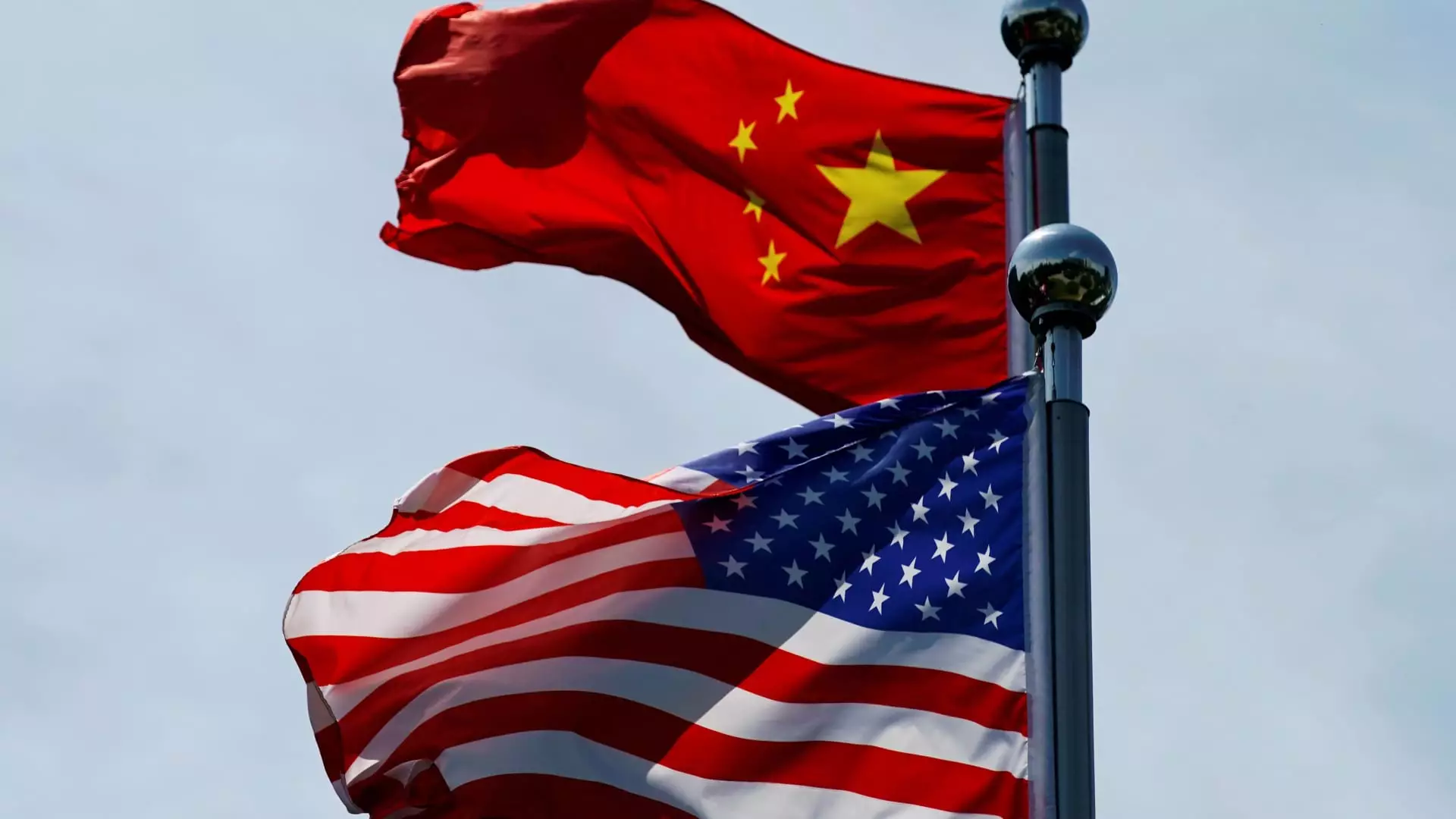The landscape of U.S.-China trade relations is marred by tension and discord, particularly under the administration of President-elect Donald Trump. A newly proposed increase in tariffs on Chinese goods is set to redefine these relations further as Trump aims to impose an additional 10% tariff on all imports from China. This decision is part of a broader economic strategy that also targets Mexico and Canada, where hefty tariffs of 25% are suggested. Trump’s approach signals a shift away from previous regional trade agreements, raising important questions about the implications for global commerce.
In a series of posts on Truth Social, Trump cited illegal immigration and the flow of narcotics, particularly Fentanyl, into the United States as justifications for these tariffs. The opioid crisis in America has reached alarming levels, with thousands of overdose deaths attributed to synthetic drugs like Fentanyl, whose precursors are largely produced in China and Mexico. Trump expressed frustrations over the lack of cooperation from Beijing in addressing these issues, arguing that prior commitments to control drug trafficking had not been honored. This narrative frames the tariffs not just as economic measures but as part of a wider strategy to combat drug-related violence and addiction in the U.S.
China has reacted to Trump’s proposed tariffs with resistance, citing the mutual benefits of trade between the two nations. Liu Pengyu, a spokesperson for the Chinese embassy in the U.S., emphasized the importance of collaboration in counter-narcotics efforts following dialogues initiated between the two countries’ leaders. The Chinese perspective frames the trade relationship as one of economic interdependence, arguing against the notion that a trade war would serve the interests of either party. The reality is that both nations benefit from their economic ties, and a fractious approach could have devastating repercussions for trade and investment.
Market analysts have been quick to assess the potential repercussions of the proposed tariffs. Some experts anticipated even heavier tariffs and expressed surprise that the proposed 10% figure was lower than initial expectations. This has led to discussions around how China may react, potentially through monetary easing or fiscal stimulus to mitigate the effects of increased duties. As the world’s second-largest economy, China’s response to U.S. tariffs could influence global markets significantly, touching off waves of financial uncertainty.
As the inauguration day approaches, many in the investment community are closely monitoring the unfolding situation. While the U.S. and China are at a critical juncture, analysts suggest that China is unlikely to retaliate aggressively, continuing its historical approach of measured responses. Furthermore, the ongoing economic relationship is underscored by the reality that the U.S. dollar is gaining strength against both the Mexican peso and the Canadian dollar, hinting at a complex interplay influenced by these emerging tariffs.
The proposed tariffs present an unprecedented challenge for the global economy, especially within U.S.-China relations. With both parties holding significant stakes in the overall health of their economies, it remains to be seen how these tariffs will play out and their lasting impact. The situation is still evolving, but it’s clear that the emphasis on tariffs not only holds implications for international trade dynamics but also for social issues rooted in drug trafficking and addiction in the U.S. As we move closer to a new administration, the economic policies adopted will require careful consideration, as they could dictate the pace and nature of U.S.-China relations for years to come.


Leave a Reply